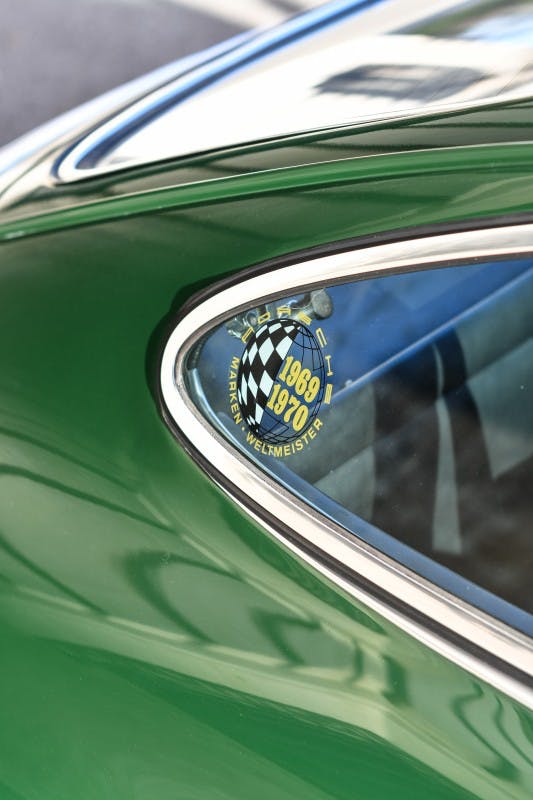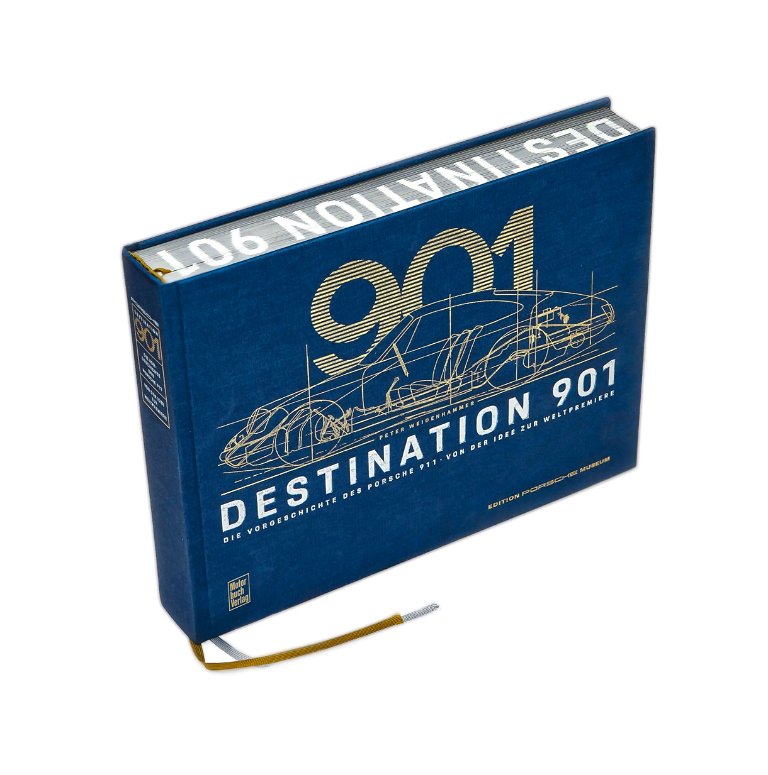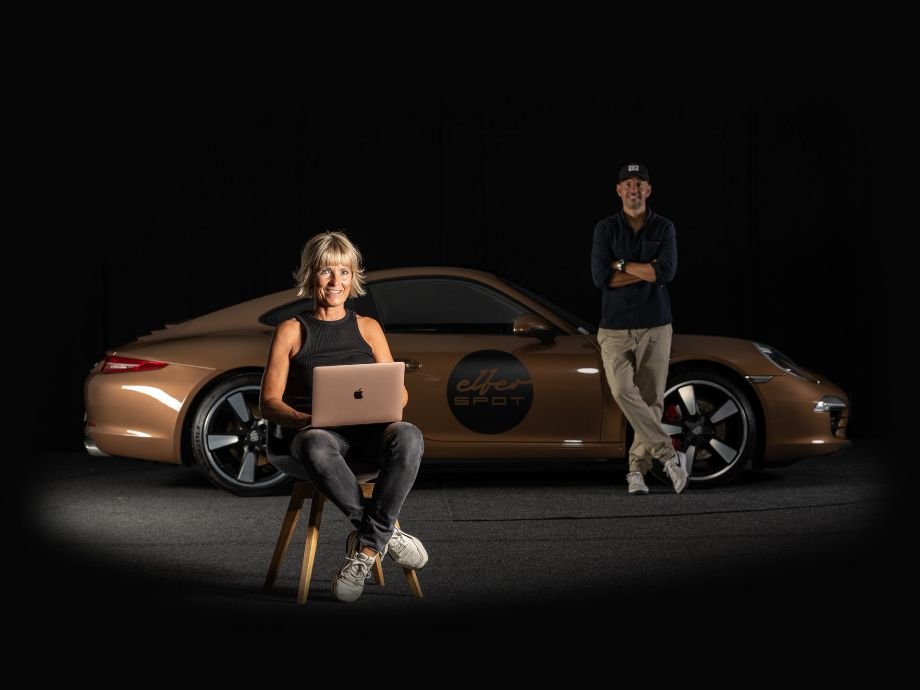The car was finally imported by a French owner in 2018 who entrusted the complete renovation of the upholstery to Sellerie Automobile – Sellerie, Porsche Classic specialist in Epernay. In total the cost of the restoration exceeds 60.000€, we have of course the complete file of invoices and photos that traces the various interventions.
This 911 T so wise in appearance hides in reality a devilish engine under its rear hood, indeed the engine is simply impressive by its ability to propel the 1000kg of the beast with a disconcerting ease. It knows how to surprise anyone who gets behind the wheel and even more so the passengers who thought they were just climbing into the entry-level 911 of the time.
This is a real opportunity to acquire a completely restored classic 911 that has traded in its “little” 2.2 Flat-6 125hp engine for a real competition engine with a great behavior.
We have the file of invoices and photos of the restoration.
Qualities :
Fully restored
Engine in 2.7 RS configuration
Sublime configuration
Defects :
Engine not matching
The history of the 911
After four years of projects and prototypes, Porsche presented the successor model to the 356 to the public at the Frankfurt Motor Show in September 1963. It was the 901, but it changed its name the following year due to a dispute with Peugeot, but that’s another story… One year later, that is, from the 1965 model year, series production of the renamed 911 began.
The 911, initially produced only as a coupe, had a self-supporting body and was powered by a new 2.0-liter flat-six engine with 130 hp.
This first generation already had all the aesthetic codes that still exist today: round headlights, plunging roof, wide rear fenders and teardrop-shaped windows. The first editions of the 911 were equipped with a 2.0-liter (1,991 cc), rear-mounted, air-cooled, flat-six engine with 130 hp, similar to the 1.6-liter four-cylinder engine in the 356, and mated to a five-speed “Type 901” manual transmission.
The styling is largely due to Ferdinand “Butzi” Porsche, son of Ferdinand “Ferry” Porsche. Erwin Komenda, the head of Porsche’s bodybuilding department, also participated in the design. In 1967, Porsche introduced the more powerful 911S with a 160 hp engine. For the first time, Fuchs alloy wheels with a distinctive 5-leaf design were offered. A 210 hp racing version of the 911 engine is developed and used in the mid-engined Porsche 904 and Porsche 906 race cars.
The Targa version, with a stainless steel-clad roll bar, appeared the same year. Porsche was concerned that the U.S. National Highway Traffic Safety Administration (NHTSA) would ban fully open convertibles, an important market for the 356. It was equipped with a removable roof panel and a removable plastic rear window (although a fixed glass version was offered in parallel from 1968).
The 110-hp 911T was also introduced in 1967 and effectively replaced the 912. The 130 hp base model was renamed the 911L. The 911R, a lightweight racing version with thin aluminum doors, magnesium crankcase, dual-ignition cylinder heads and 210 hp, was produced in only 20 units.
In 1969, the slightly lengthened B-series was introduced. It moved the rear wheels of all 911 and 912 models 57 mm to the rear, increasing the wheelbase from 2,211 to 2,268 mm to address the car’s responsive handling. Fuel injection makes an appearance on both the 911S and a new mid-size model, the 911E. A semi-automatic (manual without clutch) Sportomatic model, consisting of a torque converter, automatic clutch and a conventional four-speed manual transmission, was also available for sale.
The years 1972-1973 saw the same 911 models – the entry-level T, the mid-range E, and the top-of-the-line S. However, all models received a new, larger 2,341cc engine. This engine is universally known as the “2.4-liter,” although its displacement is closer to 2.3 liters – perhaps to emphasize the increase over the 2.2-liter. The new power ratings for the T were 130 hp, or 140 hp in the U.S., 165 hp for the E and 190 hp for the S.
The 911E and 911S used mechanical fuel injection (MFI) in all markets. The 911T was equipped with a carburetor, except in the U.S. where it also used MFI, which explains the 9 hp difference in power between the two. In January 1973, American 911Ts were switched to Bosch’s new K-Jetronic CIS (Continuous Fuel Injection) system. These CIS-equipped cars are generally referred to as “1973.5” models by enthusiasts.With the increase in horsepower and torque, the 2.4-liter cars also received a new, more powerful transmission, identified by its Porsche type number 915. Derived from the Porsche 908 race car transmission, the 915 did away with the “dog-leg” first gear arrangement of the 901/911 transmission and opted for a traditional H-shaped layout with first gear to the left, second gear underneath first, and so on.In 1972, considerable effort was made to improve the 911’s handling.
Due to the unusual location of the engine (mounted at the rear, with most of the vehicle’s weight concentrated on the rear axle), early 911s were prone to oversteer when driven at the limit. In an attempt to remedy this problem, Porsche moved the oil tank from its position behind the right rear wheel to its position in front of it.





























































